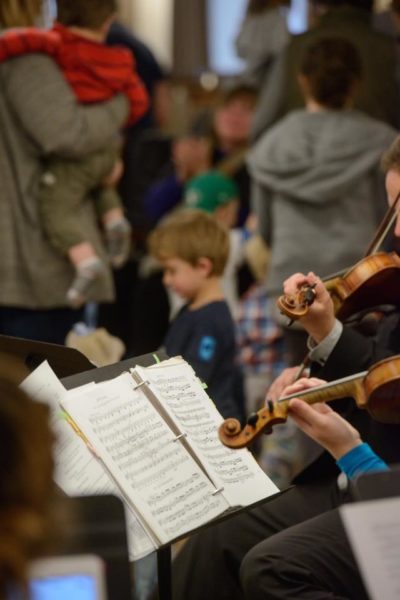[soundcloud url=”https://api.soundcloud.com/tracks/41604063″ params=”auto_play=false&hide_related=false&show_comments=true&show_user=true&show_reposts=false&visual=true” width=”100%” height=”450″ iframe=”true” /]
There was a time many years ago when the earth was covered in darkness. An inky pitch blanketed the world making it very difficult for anyone to hunt or fish or gather berries for food. An old man lived along the banks of a stream with his daughter who may have been very beautiful or possibly quite homely. This didn’t matter to the old man however because after all it was dark and who could tell.
The reason why the world was dark had to do with the old man who had a box that contained a box that held many other boxes. In the very last box was all the light in the universe and this was a treasure he selfishly kept to himself.
The mischievious Raven existed at that time because he always had. He was none too happy about the state of the world for he blundered about in the darkbumping into everything. His interfering nature peaked one day when he stumbled by the old man’s hut and overheard him muttering about his boxes. He instantly decided to steal the light but first had to find a way to get inside the hut.
Each day the young girl would go to the stream to fetch water so the Raven transformed himself into a tiny hemlock needle and floated into the girl’s bucket. Working a bit of his “trickster” magic, he made the girl thirsty and as she took a drink he slipped down her throat. Once down in her warm insides he changed again; this time into a small human being and took a very long nap.
The girl did not know what was happening to her and didn’t tell her father. One day the Raven emerged as a little boy child. If anyone could have seen him in the dark, they would have noticed that he was a peculiar looking child with a long beaklike nose, a few feathers here and there, and the unmistakably shining eyes of the Raven.
Both father and daughter were delighted with their new addition and played with him for hours on end. As the child explored his new surroundings he soon determined that the light must be kept in the big box in the corner. When he first tried to open the box, his grandfather scolded him profusely which in turn started a crying and squawking fit the likes of which the old man had never seen. As grandfathers have done since the beginning of time he caved in and gave the child the biggest box to play with. This brought peace to the hut for a brief time but it wasn’t long until the child pulled his scam again, and again, and again until finally only one box remained.
After much coaxing and wailing the old man at last agreed to let the child play with the light for only a moment. As he tossed the ball of light the child transformed into the Raven and snatching the light in his beak, flew through the smokehole and up into the sky.
The world was instantly changed forever. Mountains sprang into the bright sky and reflections danced on the rivers and oceans. Far away, the Eagle was awakened and launched skyward – his target now clearly in sight.
Raven was so caught up in all the excitement of the newly revealed world that he nearly didn’t see the Eagle bearing down on him. Swerving sharply to escape the outstretched talons, he dropped nearly half of the ball of light which fell to the earth. Shattering into one large and many small pieces on the rocky ground the bits of light bounced back up into the heavens where they remain to this day as the moon and the stars.
The Eagle pursued Raven beyond the rim of the world and exhausted by the long chase, Raven let go of what light still remained. Floating gracefully above the the clouds, the sun as we now know it started up over the mountains to the east.
The first rays of the morning sun brought light through the smokehole of the old man’s house. He was weeping in sorrow over his great loss and looking up, saw his daughter for the first time. She was very beautiful and smiling, he began to feel a little better.

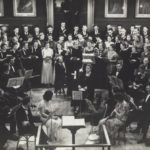




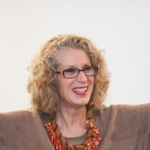
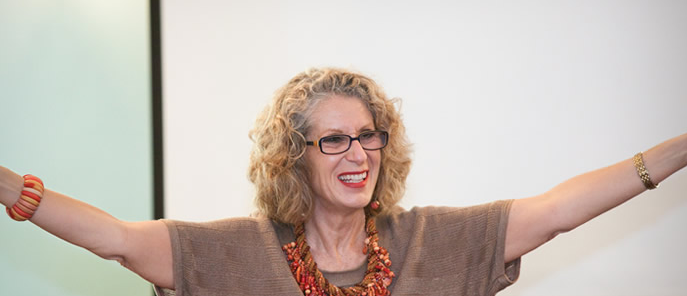
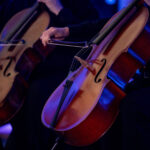
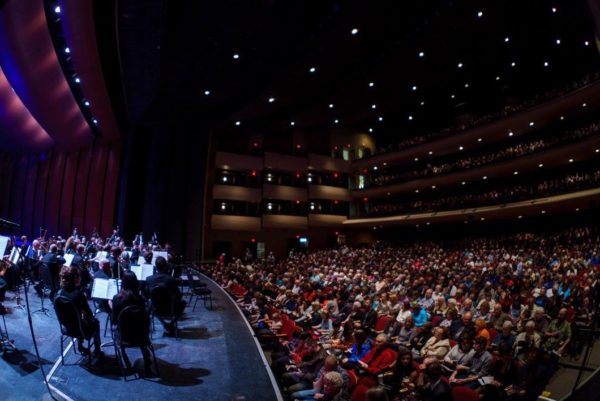 On this particular day, I was asked an important question. She asked me what my plans were.
On this particular day, I was asked an important question. She asked me what my plans were. 